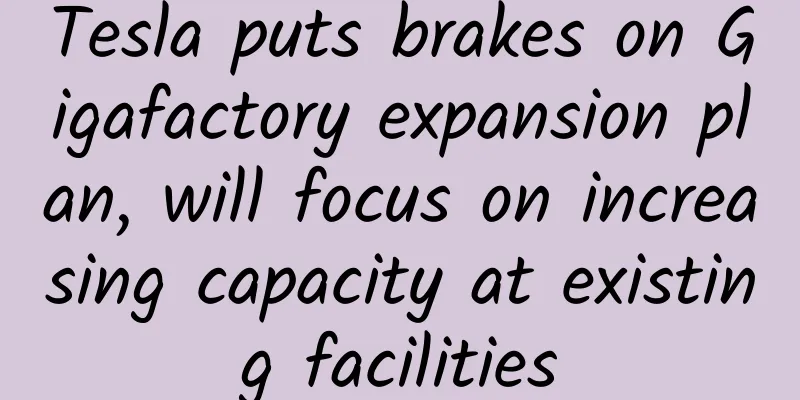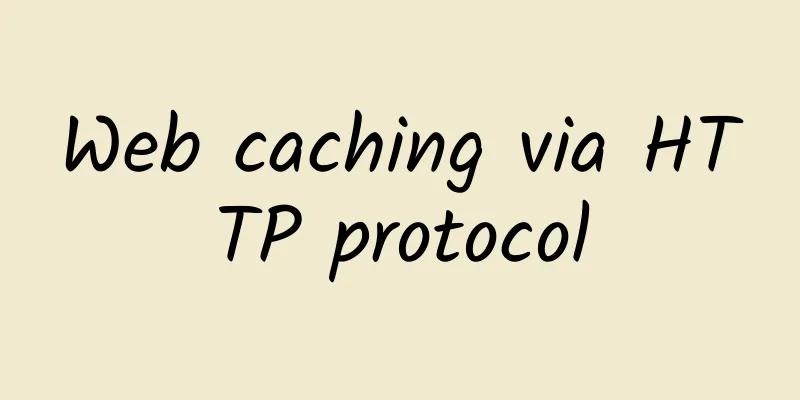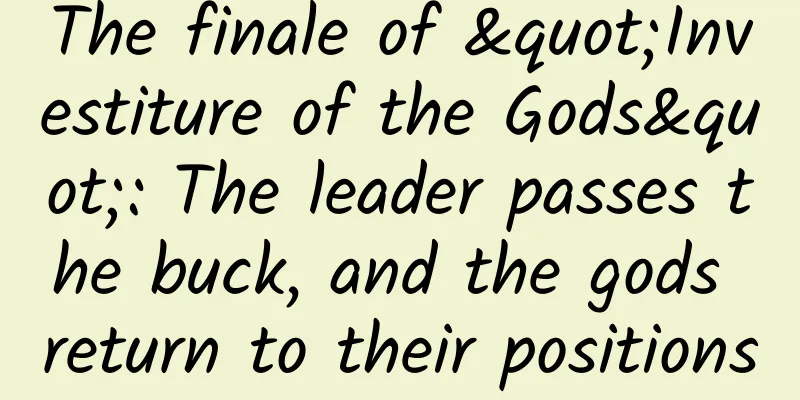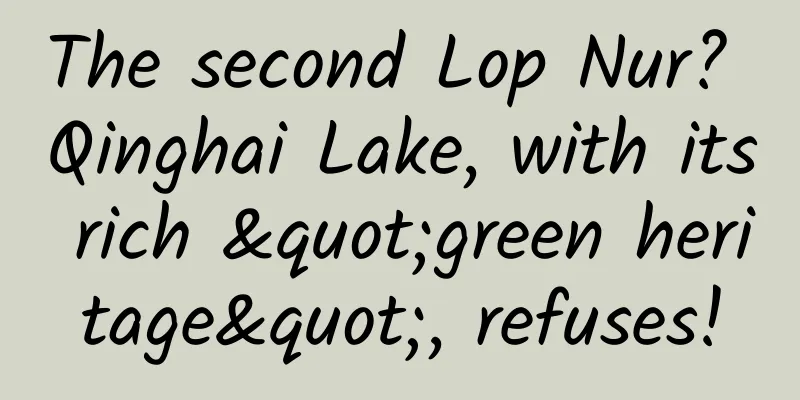Tesla puts brakes on Gigafactory expansion plan, will focus on increasing capacity at existing facilities

|
Foreign media reported that Panasonic, Tesla's electric vehicle battery partner, has frozen plans to expand its facilities due to the high investment risk of the Gigafactory 1 expansion project. At the same time, both parties will strive to squeeze more production capacity from existing facilities. Elon Musk said that although Tesla missed its 2019 production capacity target, the company will seek multiple battery suppliers for the Shanghai factory. Data map (from: Tesla official website) As early as mid-2014, Tesla and Panasonic announced the Gigafactory 1 project, which is expected to invest $5 billion in Nevada, U.S. Although it has been put into operation, the factory is still under construction and is expected to be completed at some point in the next decade.
The two companies hope to increase the facility's production capacity by 50% by 2002. However, Nikkei Asian Review quoted people familiar with the matter as saying that the expansion project has been shelved. Although batteries were once a major production bottleneck for Tesla, the Gigafactory's annual production capacity is now sufficient for 500,000 vehicles.
Tesla expects to produce a maximum of 400,000 vehicles in 2019, and the automaker has quietly dropped its goal of producing one million vehicles by 2020. Panasonic's Tesla battery manufacturing business, on the other hand, continues to post record quarterly losses. Part of the poor performance is blamed on delays in Model 3 production.
Although Tesla also cut its own prices to account for the drop in the tax credit from $7,500 to $3,750, the move angered many customers who were encouraged to place orders before the end of 2018. In addition, subsidies will be further reduced later this year.
Another potential uncertainty is that after the new Shanghai factory starts construction, Tesla may seek other battery suppliers besides Panasonic, which Elon Musk confirmed last year. Panasonic is said to have suspended its investment plan in the Shanghai factory and only provides technical support and a small number of Gigafactory batteries.
As a winner of Toutiao's Qingyun Plan and Baijiahao's Bai+ Plan, the 2019 Baidu Digital Author of the Year, the Baijiahao's Most Popular Author in the Technology Field, the 2019 Sogou Technology and Culture Author, and the 2021 Baijiahao Quarterly Influential Creator, he has won many awards, including the 2013 Sohu Best Industry Media Person, the 2015 China New Media Entrepreneurship Competition Beijing Third Place, the 2015 Guangmang Experience Award, the 2015 China New Media Entrepreneurship Competition Finals Third Place, and the 2018 Baidu Dynamic Annual Powerful Celebrity. |
<<: BAIC's 300km range of electric vehicles exposes the rudiments of the Chinese auto industry
>>: When did Audi start making new energy vehicles? The answer is 100 years ago!
Recommend
Xiaohongshu promotion strategy: Xiaohongshu live broadcast internal testing!
According to Xiaohongshu influencers, Xiaohongshu...
Can drinking pre-opened coconut water kill you? Can coconut water purify amniotic fluid? The truth is out!
Coconut is a fruit loved by many people. Whether ...
We both purchased billions of advertising exposures, but yours has no effect?
A few days ago, I saw a message from the head of ...
How to teach your girlfriend programming?
[[146883]] Ever since I started as a software dev...
Sony confirms PS4 will be launched in China! Release date will be announced soon
Sony held a press conference at Shanghai Xintiand...
"Sanxing Village" is not "Sanxingdui", which may solve the mystery of the origin of civilization in the lower reaches of the Yangtze River
On November 18, the much-anticipated Sanxing Vill...
Search promotion not working? These 4 points are not done well
Search is one of the most effective and direct wa...
Apple iOS 10 Markup feature details: support for photos and messaging apps
If you have experienced iOS 10, you may have noti...
Is AI’s “knowing people by their tongues” a waste of money?
Produced by: Science Popularization China Author:...
Android performance optimization: use Lint to optimize code and remove unnecessary resources
Preface In addition to ensuring that the code has...
Why is the click-through rate of Baidu bidding promotion so low? What to do if the search promotion click rate is low?
Why is the click-through rate of Baidu's bidd...
Is getting caught in the rain a life-saving measure to avoid lightning strikes? This study tells you the truth
What do you fear most on a rainy day? Many people...
The latest version of WeChat 8.0.20 is here, with five new features, all of which are very useful
WeChat can be said to be our most commonly used s...
BYD: BYD's new energy vehicle production in October 2022 was about 220,100 units and sales were about 217,800 units
Recently, BYD announced its production and sales ...









